Inequality - the impact of poverty
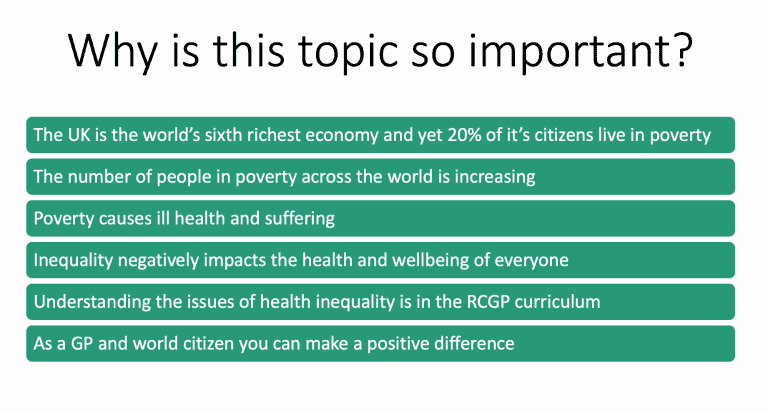
When I started research for this page I wrote down these 5 questions and then looked for the best art resources to help answer them.
- What is the difference between equity and equality?
- What is inequality?
- What is it like to live in poverty?
- What impact do poverty and inequality have on health and well-being?
- What can be done to make a positive difference?
What is the different between equity and equality?
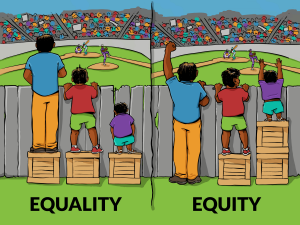
This image is used a lot in teaching about health inequalities, it successfully conveys an important message but I think it’s a rather jolly and sanitised version of reality.
What is inequality?
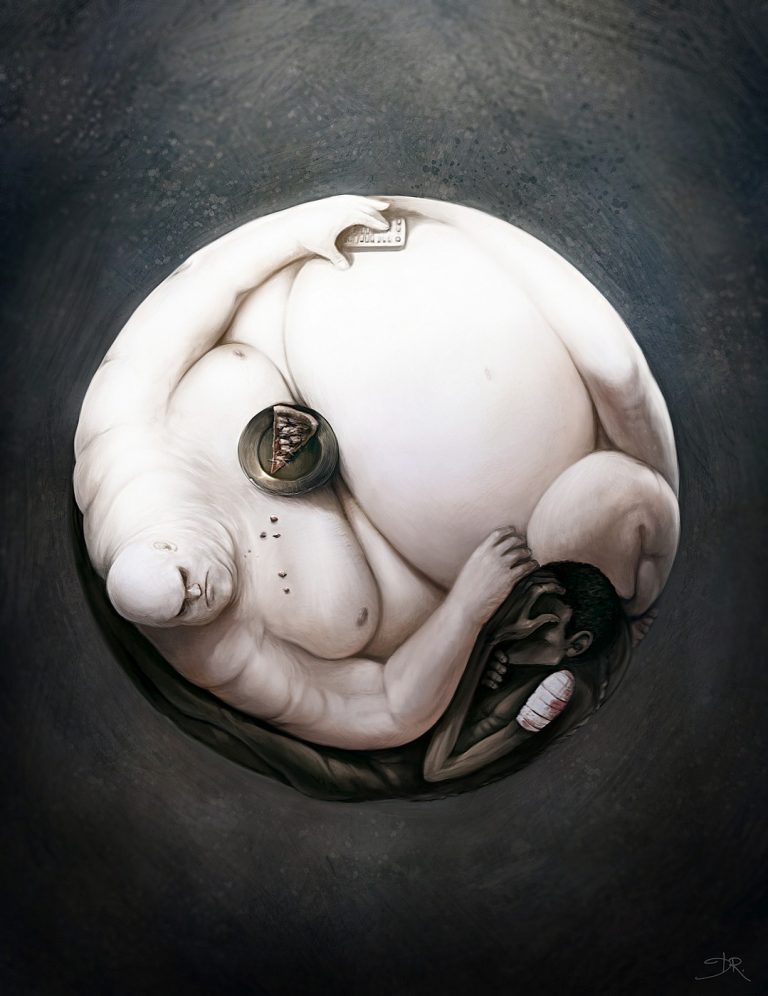
Look closely at this picture- what do you see? What does it mean?
Now take a look at this video describing Donella Meadow’s Global Village. Her concept should improve your understanding of inequality and privilege.
If the World Was Only 100 People
If you are reading this it is likely you are the ‘1 in a 100’. You are well nourished, have access to sanitation and drinking water, live in a safe community, have money in your bank, a computer at home and a university degree.
What is it like to live in poverty?
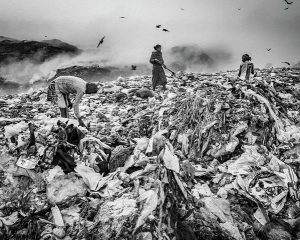
Poverty = not having enough money to meet your basic needs. You have no money to buy what you want and choice is not an option.
Can you list what an individual’s basic needs are?
If not take a look at the Joseph Rowntree Foundation Website.
Imagine what it might feel like to be one of the people in this photo scavenging to survive.
It may be difficult to connect with a picture taken thousands of miles away so take a moment to think about what image you might associate with poverty in the UK.
Can you list the causes of poverty?
What do you think are the consequences of living in poverty?
These films and books are excellent resources to use in teaching
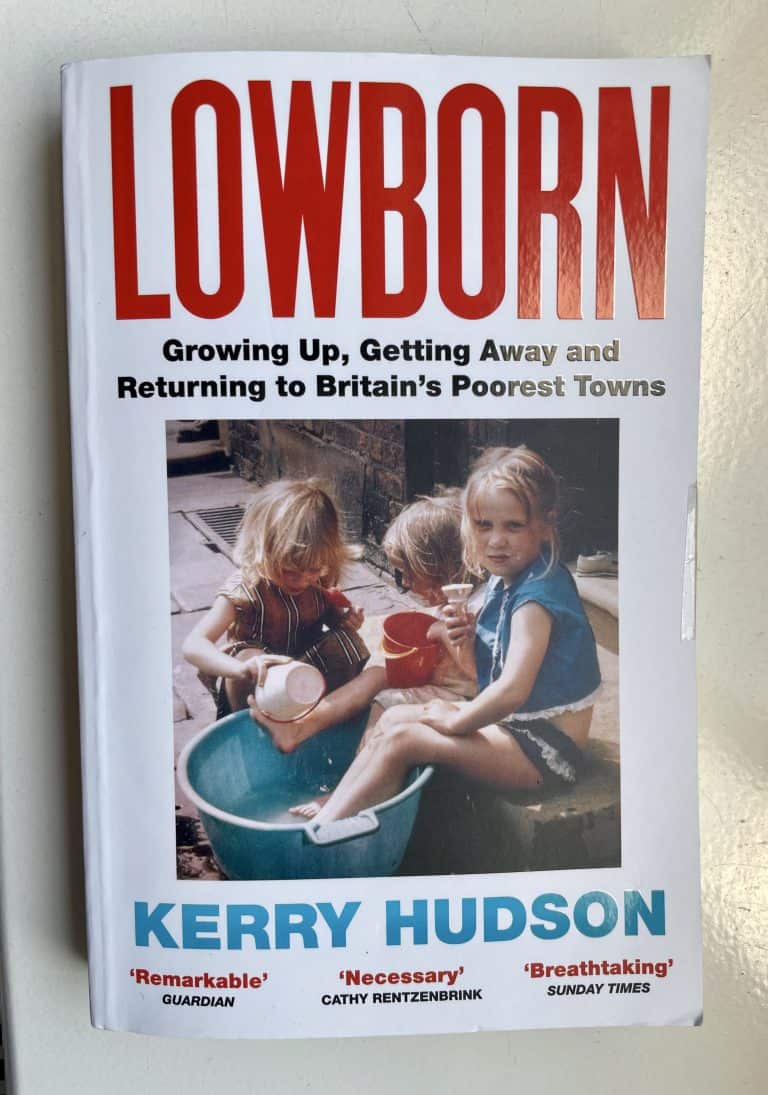
This is author Kerry Hudson’s story, Growing up, Getting Away and Returning to Britain’s Poorest Towns. Her story could be the script for a Ken Loach film, but Kerry’s story is real. Her honest and non-judgemental account of her early years in poverty takes you with her into her world and journey through the sink estates that house so many families across the UK. Take a moment to think why the word sink is used as a prefix to the housing estates Kerry describes.
Kerry’s style makes this an easy read but it’s an impactful book that should be on every GP Trainee’s reading list. Kerry’s story felt very alien to me until I read her description of her local library, I shared her pure joy at being able to access free books from the safe warm space. Another reminder of the importance of libraries in shaping young lives.
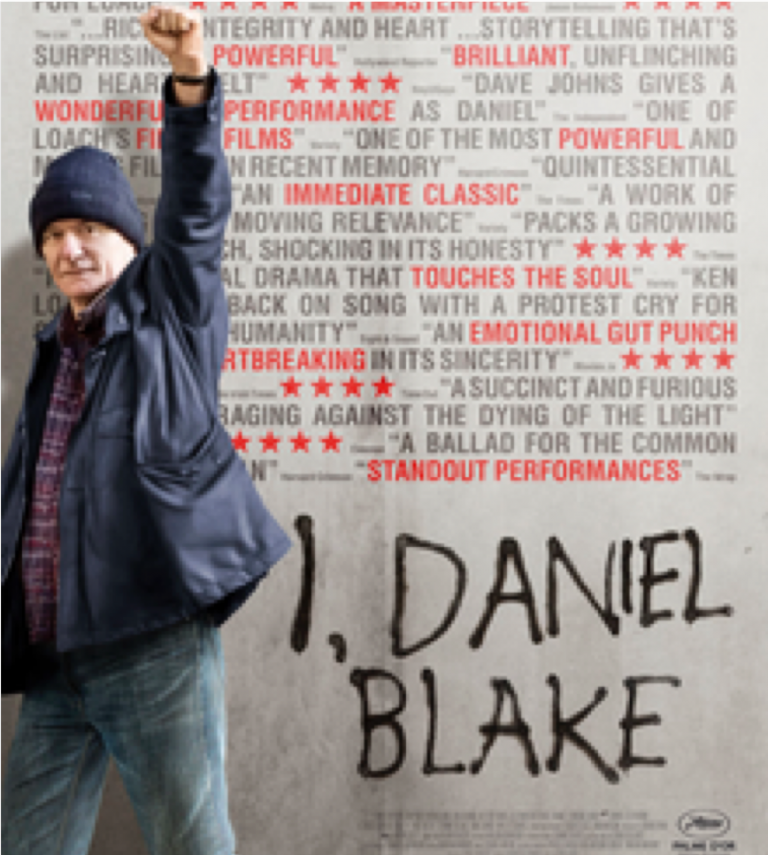
The film director Ken Loach has devoted his career to telling the stories of working-class people and exposing the inadequacies of state support. His first play ‘Cathy Come Home’, told the story of a young mother unsupported by an inhuman and inadequate system, one that left her homeless, destroyed her marriage and robbed her of her children. First, broadcast by the BBC in 1966 the drama led to public outrage, a surge in donations to the charity Shelter and the founding of the charity Crisis. The film is as relevant today as it was 50+ years ago and sadly many of the issues he depicted remain unresolved and are repeated in his 2016 film ‘I, Daniel Blake’
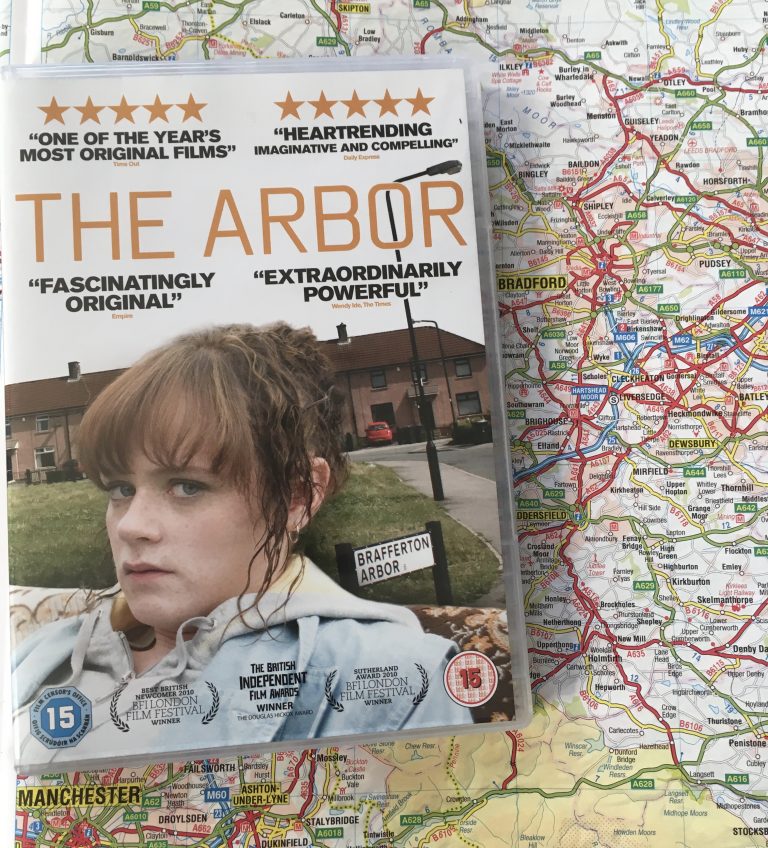
This film is about the late Andrea Dunbar and her daughter Lorraine. Both grew up in Bradford’s Buttershaw estate known as “the Arbor”. Andrea was a writer, and her most famous drama was made into the film, ‘Rita, Sue and Bob too’. I remember watching the film in 1986, as a naïve medical student it made a significant impression on me. Andrea’s story is not long as she became addicted to alcohol and died of a brain haemorrhage aged 29. Lorraine’s story is also tragic, she suffered parental neglect as a child, domestic violence and racism in adult life, taking refuge in drugs as Andrea took refuge in alcohol. This is a brilliant film, both in how it addresses the impact of poverty and poor parenting on children’s lives and in the novel way it has been filmed. Thanks, @DocDomP for recommending it.
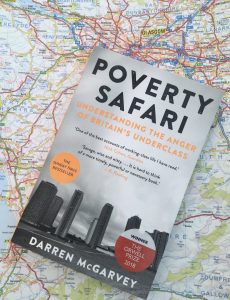
Darren McCarthy is a writer, performer, columnist and former rapper in residence at Police Scotland’s Violence Reduction Unit. He grew up in Pollock, a deprived housing estate in Glasgow. He has experienced the devastating effects of poverty. He very eloquently explains why people from deprived communities feel angry and unheard.
Every doctor should read this book- it has the power to change perspectives.
Listen to the author speak about social mobility in this Radio 4 broadcast The trouble with social mobility
What impact do poverty and inequality have on health and well-being?
Sir Michael Marmot answers this question. All clinicians should be aware of his work and ideally read his books:
- The Health Gap- the Challenge of an Unequal World Michael Marmot (2015)
- Status Syndrome, How Your Place on the Social Gradient Directly Affects Your Health Michael Marmot (2014)
- The Social Determinants of Health Michael Michael Marmot and Richard Wilkinson (2005)
I also found these two books really useful in my quest for more knowledge, again written by renowned experts in the causes and outcomes of inequality.
- The Spirit Level Why More Equal Societies Almost Always Do Better Kate Pickett and Richard Wilkinson (2009)
- The Inner Level Kate Pickett and Richard Wilkinson (2018)
If you’ve not already discovered Fairhealth, created by a team of GPs working in Yorkshire and Humber then take a look. The website has a great collection of resources for learning more about health inequality.
These resources all make suggestions for positive change, that is achievable.
What can you do to make a difference?
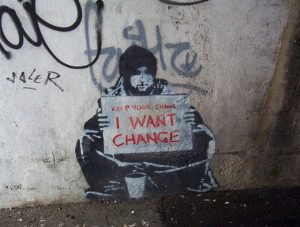
Two important questions arose at a recent teaching session on poverty.
- How can I make make a positive difference?
- What is my role as a GP?
What are your answers to these questions?
You could make a donation to The Trussel Trust, buy a Big Issue from your local street vendor, or donate some shopping to your local food bank. You could make difference by taking your learning one step further- by applying your new knowledge in your care of patients, trying not to make judgements or assumptions and becoming actively involved in helping support people to find a way out of poverty.
I’ve heard many people speak about the impact of growing up poverty and their stories always have one thing in common and that’s the support of someone who believed in them and acted as their advocate, it could be a librarian, teacher, family friend, employer or their GP. It could be you.
You will find you are better equipped to understand and connect with your patients if you are aware of the social determinants of health. From the patient’s perspective, being seen, and feeling heard and safe are all essential for positive health outcomes.
When you at work it’s hard to make time to look out at the bigger picture, at events that negatively impact local and global communities.
Take a walk, and look at your community. What do you see?
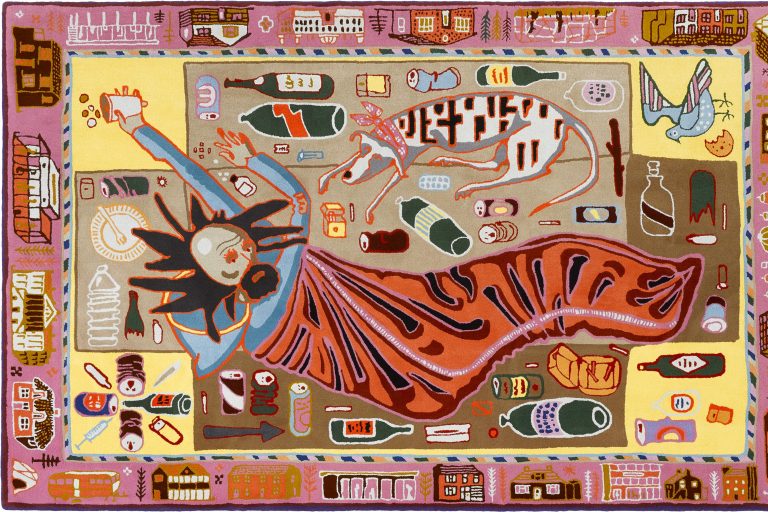
Grayson Perry’s luxurious tapestry is called ‘Don’t Look Down’, it shows a homeless man in a sleeping bag. This tapestry has been made as a social critique to represent the disconnect between wealth and poverty on London’s streets. Its price tag is high, I wonder what would motivate someone to have this on their floor
Watching the news can be overwhelming and make you feel helpless.
Stories told in pictures, books and film can be just as informative and can sometimes result in greater change.
Look at this collection of films that Sawsan Saeid, GP Trainee and I curated for the National HEFT Conference. The list includes some questions for self-reflection and some ideas for tutorials and small-group learning. You can add your comments and film suggestions
Page created 2019
Updated 2024
